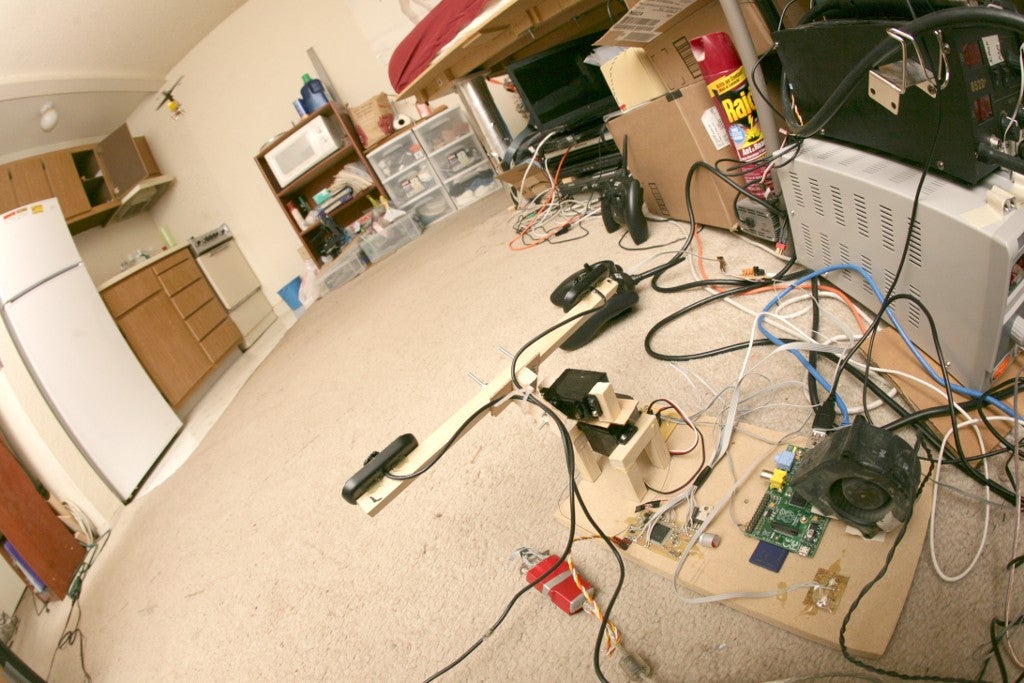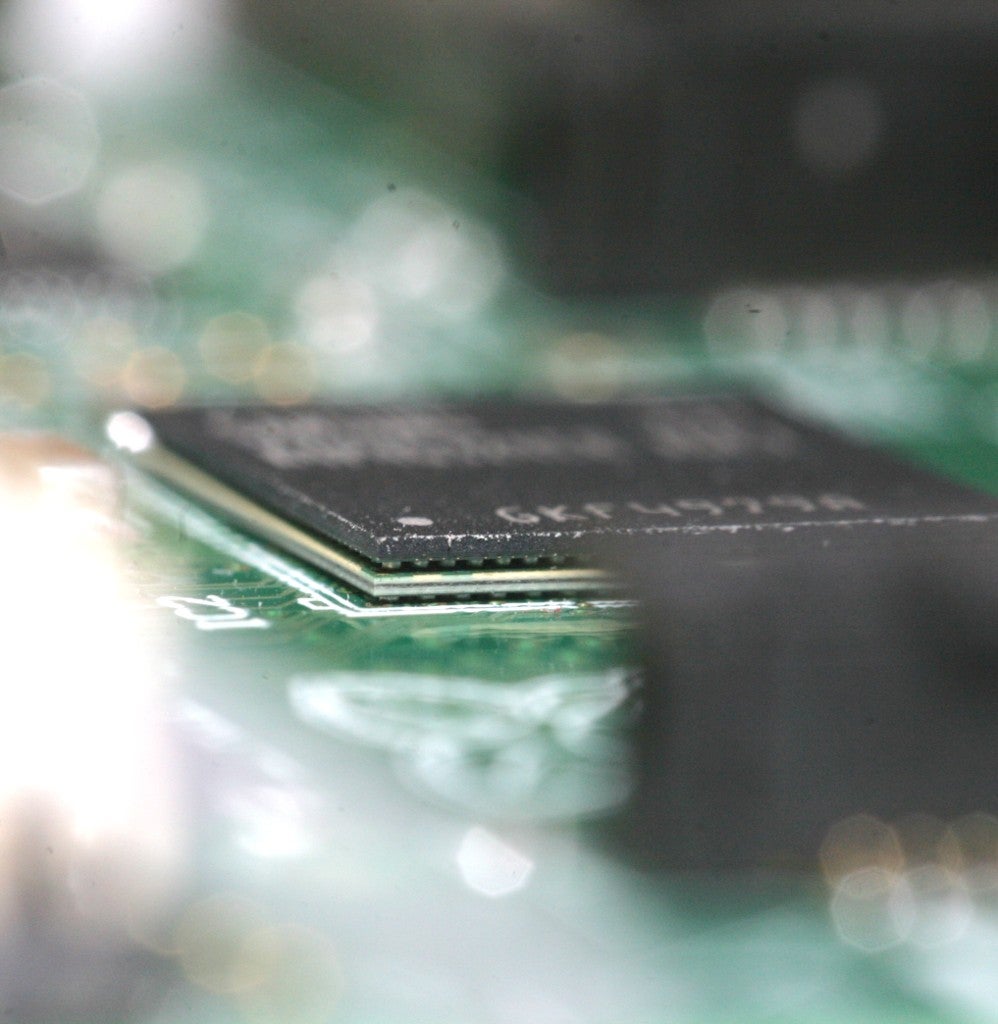
Hi, I previously set up a KKX525 with the APM2, but when one of my ESC's started fading, I thought I'd try something a little more upscale.
I have now put together a DJI 450F Flamewheel ARF including DJI motors, Opto ESCs and props from "RC-Drones" at a reasonable $180.00 and am quite happy with it at this point in it's evolution.
If you try this there are a few things you need to know, but no real problems.
Generally follow the downloadable instructions I have provided on the Arducopter Wiki for assembling and setting up and testing a quad copter and in addition see below.
1. If you get the ARF kit, it will come without instructions, but the manual can be downloaded from the DJI website under their FlameWheel support section. It is some help.
2. When you assemble the copter assemble the top board so that the narrow slots are in the front and the back and the wide slots are on each side.
3. Use blue or purple thread lock sparingly on all screws and try to keep it off the plastic.
4. One of the nifty features of this quad is that the bottom board is also the power distribution board, heat the connection pads adequately to get a good wet bond with the ESC and Battery Wires.
5. You can cover the solder joints with liquid electrical tape or "Glyptol" if you can find it.
6. I tie wrapped each ESC under each arm with 2 tie-wraps front to back through the arm webbing.
7. You will need to add an external switching BEC, the DJI 30 amp Opto ESCs are great optically isolated ESC's but they do not include a built in BEC. I used a Castle 10 amp switcher for about $20.00 you can get cheaper ones from HobbyKing but you should use a switcher, they are much much more efficient. You do not need to cut or remove the ESCs power wire, it doesn't do anything.
8. You do not need to balance or tune the ESCs as shown on the Wiki (in fact you can't they are not programmable).
9. I recommend O-ring suspension mounting of the APM board between 4 standoffs secured at the ends of the long thin slots at the front and back of the top DJI board (assuming you put it in as I described in (2.) above.) Put a machine screw in the top of each standoff and suspend the APM board between them by putting a thin O-ring through each APM corner hole and passing the 2 loops over the top of the screw in each standoff. Size the O-rings so there is little or no APM board movement, they will still provide good vibration isolation. Too much free movement and they will cause handling lag. If you prefer you can mount a fiberglass or plastic board to the standoffs instead and Velcro or double side foam tape the APM board to it. I like the suspension method best though.
10. DJI supplies 2 sets of props, I recommend that for a 3 cell battery you use the longer 10" ones, Only DJI props will fit the self locking oval shaft of the motor unless you do what I did below. The shorter 8" props are for 4 cell use.
11. I didn't like the DJI props although they worked OK. They are light, flexible, noisy and would break easily. So I bored out some very nice GemFan 11" x 4.5 props that I was previously using on my KK to fit the outer diameter of the oval part of the motor shaft (about .31") and because of a thinner hub section I also had to add a washer under each prop. This is a very highly recommended modification, they are quieter, more efficient and will not break at the first unpleasant encounter. These are not the expensive carbon fiber Gemfans but the $2.50 carbon filled ones and they are still great, however looking at Innov8tive's web site I see they now have a 10" x 4.5 version of this prop already hubbed correctly for the DJI motors, buy these, they are a no brainer. My guess is if you use the stock ones you'll need new props soon anyway.
12. When starting the Flamewheel, it arms as per normal (throttle down and to the right) but if you do not spin the props within 10 seconds or so, the DJI Opto ESCs will shut down and you need to disarm (down and to the left) and then rearm again. Anytime you are on the ground longer than 10 seconds without turning the props you will need to rearm. This is not a big deal. You will quickly get used to it and given the capability of these things to shred flesh you will probably come to appreciate it as a worthwhile safety measure.
13. When you are setting up your board with only the USB connected, the ESCs beep continuously, ignore them.
14. When you turn your transmitter on and plug in the FlameWheel's battery, the ESCs should emit a short musical series and be quiet. You are then ready to arm and fly.
I have only covered substantial differences to the normal quadcopter setup procedure, but I highly recommend the Flamewheel 450, it flies quite well with standard PIDs but I will publish PID info later as I tweak it. (See Below).
Although the current stock PID's fly quite adequately, I have found the following changes decreased "twitchiness" and increased stability:
As of 12 / 8 / 2012
Reduce the Angular Rate PIDs P value from .175 stock to .145
Increase the Angular Rate PIDs I value from .010 stock to .030
Reduce the Stabilize PIDs P value from 4.5 stock to 4.0
The above will be revised as I continue to tweak.
Loiter will probably want some tweaking too and I will publish that after I have more extensive experience.
Roll and Pitch inputs are very sensitive so you need a light finger on the control sticks, but once you learn control with them I think you will be happy with them, If not you can probably detune them with the same PID's I am changing above.
I have a friend who has also successfully set up the Flamewheel F550 Hexacopter with larger motors and Graupner props following these procedures with such adaptations as are necessary with a Hex and he is using stock Hex PIDs.
Hope this helps, please feel free to ask questions I will respond as best I can.



